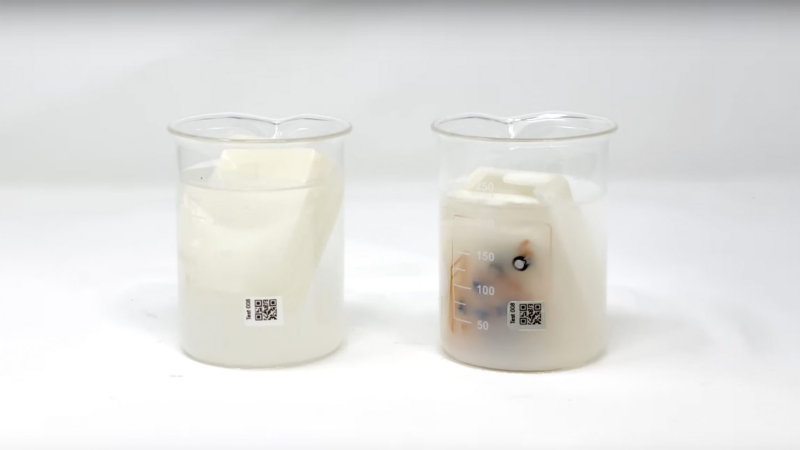The increasing global demand for digital devices, from computers to smartphones, has brought with it a burgeoning issue: electronic waste, commonly referred to as e-waste. This concern has escalated to alarming levels, drawing attention from environmentalists, health advocates, and policymakers alike. With the proliferation of electronic products, the disposal of outdated or broken devices poses a significant environmental threat.
A United Nations report emphasized the gravity of the situation in 2022, revealing that the world generated a staggering 62 million tons of e-waste. To put that into perspective, this amount of waste could fill approximately 1.5 million trucks lined up end to end, which would encircle the globe at the equator. Unfortunately, the vast majority of this e-waste ends up in landfills or is incinerated, a practice that poses severe risks for both the environment and human health. Items within e-waste often contain hazardous materials like mercury and lead, which can leach into the soil and water, leading to contamination.
Beyond its environmental implications, the financial losses due to e-waste are also substantial. An estimated $62 billion worth of recoverable resources, particularly rare earth elements critical for manufacturing modern electronic devices, are wasted each year. According to the same report, only about 1% of the global demand for these essential elements is currently met through e-waste recycling, underlining a massive gap that urgently needs addressing.
The challenge of e-waste recycling is exacerbated by the fact that e-waste is increasing at a rate five times faster than that of recycling efforts. This gap highlights the need for innovative solutions to combat e-waste effectively. One promising new approach is the development of Aquafade, a novel water-soluble plastic designed to dissolve fully in approximately six hours when submerged in water. This material could be applied to encase various electronic devices, such as computers and keyboards, allowing them to be easily recycled or disassembled when unwanted.
Inventor Samuel Wangsaputra explains the value of Aquafade, pointing out that one of the most labor-intensive and challenging aspects of recycling electronics is the disassembly process. By enabling households to disassemble devices more conveniently, without needing specialized equipment, Aquafade could decentralize e-waste recycling and promote a more sustainable handling of unwanted electronics.
The concept for Aquafade arose unexpectedly when Wangsaputra noticed the water-soluble film used in dishwasher pods during a mundane dishwashing task. His curiosity about the material’s composition and its dissolvability sparked the idea of using a similar polymer in electronic devices. Partnering with co-inventor Joon Sang Lee and material scientists Enrico Manfredi-Haylock and Meryem Lamari from Imperial College London, they identified polyvinyl alcohol (PVOH) as a potential key ingredient. Their goal was to create a product that not only dissolved upon disposal but was also safe for children should they come into contact with it.
The team is actively working on refining the Aquafade project at London’s Royal College of Arts, supported by UK government funding. They face the challenge of engineering a water-soluble yet waterproof coating to ensure product durability while also facilitating eventual recycling. Wangsaputra explains that the outer shell offers protection against accidental liquid exposure but will dissolve once disassembled, leaving behind useful electronic components.
The initial commercial application of Aquafade is anticipated to be for LED wristbands, which are often discarded after single use at events. This could significantly reduce the e-waste generated by these popular accessories. Beyond wristbands, the inventors envision applications across various sectors—potentially affecting everything from luggage to furniture by allowing various plastic items to benefit from Aquafade’s unique properties.
While Aquafade presents a promising technological advancement in combatting e-waste, several experts express cautious optimism. Peter Edwards, an emeritus professor at the University of Oxford, appreciates the novelty of the development while voicing concerns about the possibility of any remnants persisting in the environment as microplastics. Similarly, Michael Shaver from the University of Manchester raises questions regarding the safety and efficacy of the waterproof coating applied to Aquafade, stressing that compliance with rigorous specifications is essential for widespread acceptance in the electronics industry.
In conclusion, as e-waste continues to become a pressing problem, innovations like Aquafade stand as potential game-changers in the effort to create a more sustainable approach to electronics disposal and recycling. The challenges ahead remain significant, but the exploration of new materials and methods marks an important step towards a greener future.



